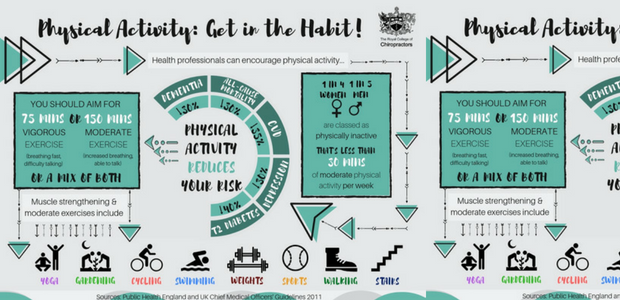Daily Practices That Lead To Pain In The Back And Techniques For Prevention
Daily Practices That Lead To Pain In The Back And Techniques For Prevention
Blog Article
Team Writer-Carstensen Glud
Maintaining correct position and preventing typical risks in everyday activities can considerably influence your back health. From just how Read Webpage rest at your workdesk to how you raise heavy items, small changes can make a huge distinction. Visualize a day without the nagging pain in the back that prevents your every move; the solution might be easier than you assume. By making a few tweaks to your everyday practices, you could be on your means to a pain-free existence.
Poor Position and Sedentary Way Of Living
Poor pose and an inactive lifestyle are 2 significant factors to pain in the back. When you slouch or inkling over while resting or standing, you put unnecessary strain on your back muscles and back. This can bring about muscle mass inequalities, tension, and ultimately, persistent back pain. In addition, sitting for long periods without breaks or exercise can damage your back muscles and result in rigidity and pain.
To battle inadequate stance, make a conscious effort to sit and stand up directly with your shoulders back and aligned with your ears. Bear in mind to keep your feet level on the ground and stay clear of crossing your legs for extended periods.
Integrating regular extending and reinforcing workouts into your day-to-day routine can also assist enhance your pose and minimize pain in the back associated with a less active way of life.
Incorrect Training Techniques
Improper lifting strategies can dramatically add to neck and back pain and injuries. When you lift hefty things, remember to flex your knees and utilize your legs to lift, as opposed to counting on your back muscles. Prevent twisting your body while lifting and keep the things close to your body to lower stress on your back. It's essential to maintain a straight back and stay clear of rounding your shoulders while raising to avoid unneeded stress on your spinal column.
Always analyze the weight of the item prior to raising it. If it's too hefty, request aid or use equipment like a dolly or cart to deliver it securely.
Bear in mind to take breaks during lifting jobs to offer your back muscles a chance to relax and stop overexertion. By applying proper training strategies, you can protect against back pain and reduce the danger of injuries, ensuring your back stays healthy and balanced and solid for the long term.
Lack of Regular Exercise and Extending
A less active way of life devoid of routine exercise and stretching can substantially contribute to pain in the back and discomfort. When you don't engage in physical activity, your muscular tissues become weak and inflexible, leading to poor position and enhanced pressure on your back. Routine exercise helps reinforce the muscle mass that support your spine, enhancing security and minimizing the danger of back pain. Incorporating stretching into your routine can additionally enhance flexibility, protecting against rigidity and discomfort in your back muscle mass.
To avoid back pain caused by an absence of workout and extending, go for a minimum of 30 minutes of modest exercise most days of the week. Consist of exercises that target your core muscle mass, as a solid core can help minimize stress on your back.
Additionally, take breaks to extend and relocate throughout the day, particularly if you have a workdesk job. Straightforward stretches like touching your toes or doing shoulder rolls can help relieve stress and prevent neck and back pain. Prioritizing https://franciscohcwqk.blog-kids.com/32283796/chiropractic-care-for-family-members-benefits-for-all-ages and extending can go a long way in maintaining a healthy and balanced back and reducing pain.
Final thought
So, bear in mind to sit up straight, lift with your legs, and remain energetic to avoid back pain. By making simple adjustments to your everyday practices, you can avoid the pain and restrictions that come with back pain. Look after your spinal column and muscles by exercising excellent stance, correct lifting strategies, and normal exercise. Your back will thanks for it!
